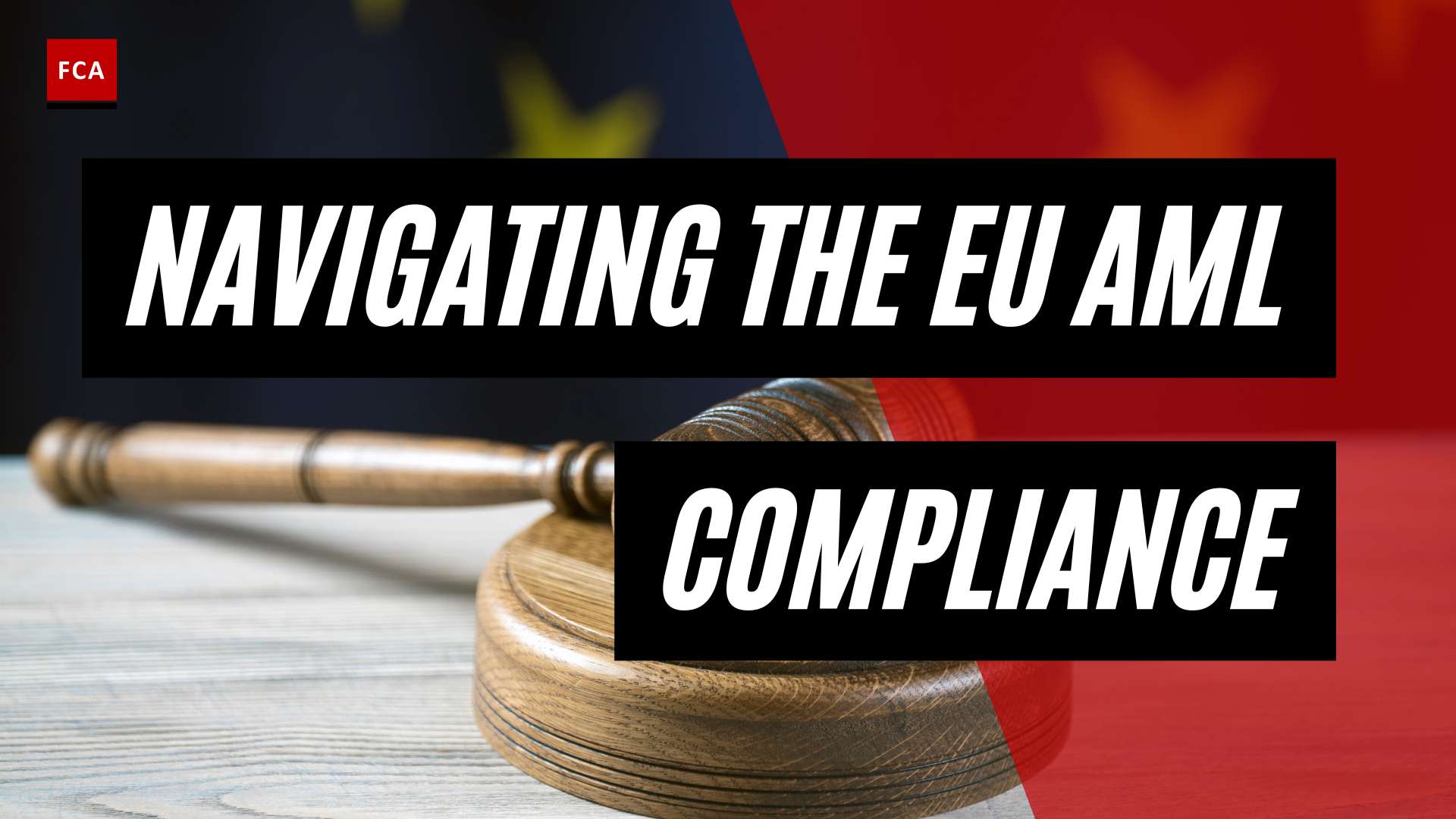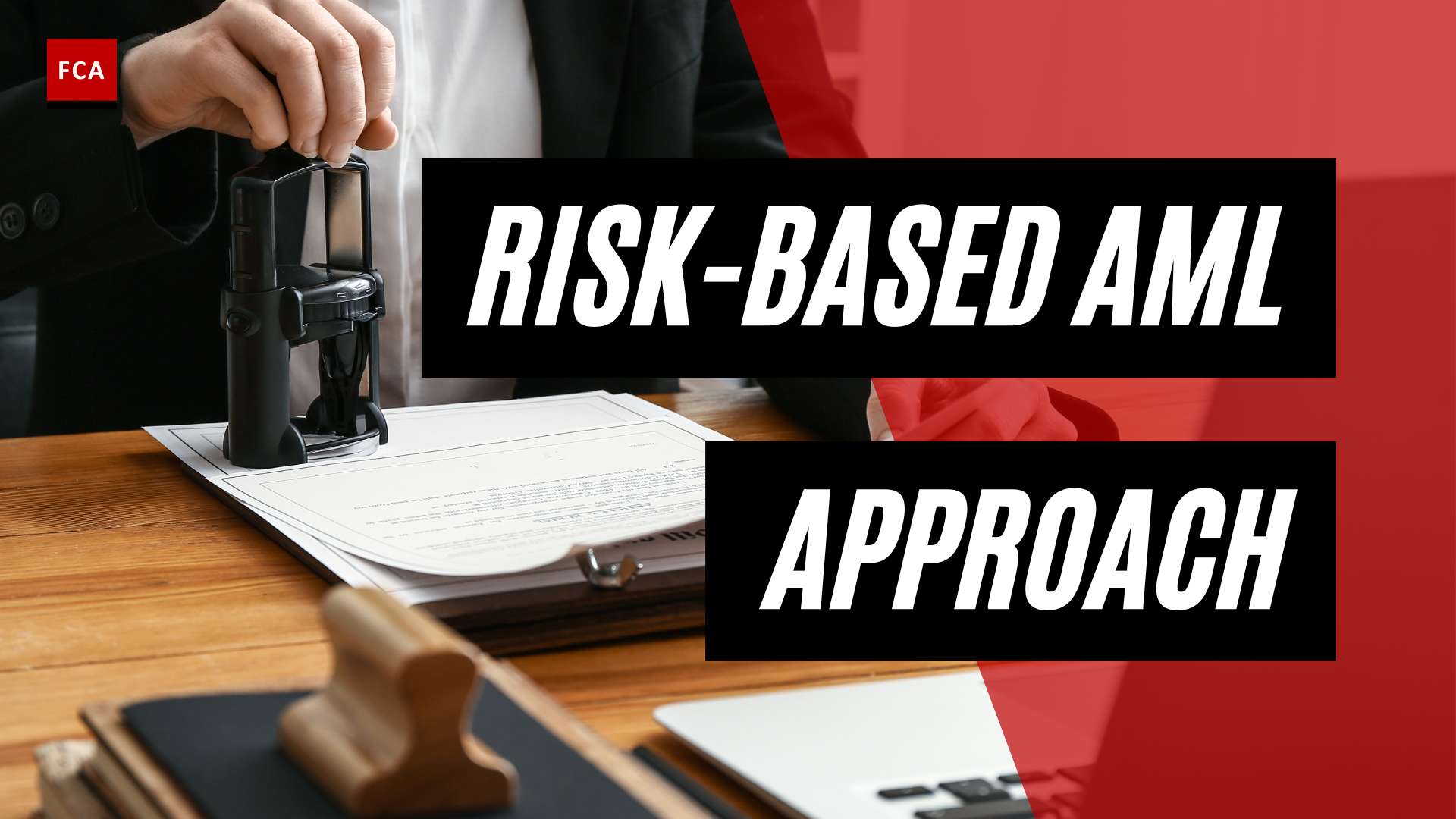AML in the Insurance Industry
The insurance industry is not immune to the risks of money laundering and insurance fraud. Understanding these issues is crucial for professionals working in compliance, risk management, anti-money laundering, and anti-financial crime. This section will delve into the concepts of insurance fraud and money laundering in the insurance industry.
Understanding Insurance Fraud
Insurance fraud refers to any intentional act committed with the intent to obtain a fraudulent outcome from an insurance process. Fraudulent activities can occur at any stage of the insurance process, from policy application to claims settlement. Fraudsters may attempt various schemes, such as falsifying information, staging accidents, or inflating claims, to illicitly obtain insurance benefits.
The globalization of financial services and technological advancements have contributed to an increase in money laundering activities in the insurance industry. Criminals exploit these developments to move large sums of illicit funds through various financial systems, including currency exchanges, stock brokerages, gold dealers, casinos, automotive dealerships, and insurance businesses. Life insurance packages, in particular, are vulnerable to money laundering due to the involvement of significant sums of money, which align with the needs of money launderers.
Money Laundering in Insurance
Money laundering in the insurance industry poses a significant risk due to the vast, diversified, and prosperous nature of the sector. Criminals exploit insurance products to legitimize illicit funds by incorporating them into seemingly legitimate financial transactions. They might use insurance policies as instruments to hide the true origin of funds, making it challenging to trace the illicit activities.
Insurance professionals play a crucial role in combating money laundering. They may encounter questionable practices that could indicate money laundering or terrorism funding. Recognizing these red flags and reporting suspicious activities is essential. However, determining if transactions are linked to financial crimes should be done by individuals with relevant experience.
To mitigate money laundering risks, insurance companies must implement effective AML compliance programs to adhere to regulations, protect the organization from engaging in illegal activities, and safeguard their reputation. Non-compliance with AML regulations, such as the Financial Action Task Force (FATF) recommendations, the Bank Secrecy Act (BSA), and the USA PATRIOT Act, can result in severe criminal or civil fines, as well as reputational damage.
In the next sections, we will explore the AML regulations, fraud prevention measures, and the role of various organizations in combating insurance fraud and money laundering in the insurance industry.
AML Regulations and Guidelines
In the insurance industry, compliance with Anti-Money Laundering (AML) regulations is of utmost importance to prevent financial crime and protect the integrity of the sector. Various international and regional organizations have established guidelines and regulations to combat money laundering and terrorist financing within the insurance industry. Let’s explore some of the key AML regulations and guidelines that apply to this sector.
Financial Action Task Force (FATF) Recommendations
The Financial Action Task Force (FATF) is a global standard-setting body that sets out AML and Counter Financing of Terrorism (CFT) guidance for member states. The FATF’s 40 Recommendations serve as a comprehensive framework for AML/CFT measures, including those applicable to the insurance sector. In October 2018, the FATF released specific guidance for a risk-based approach in the life insurance sector, assisting firms in identifying, evaluating, and responding to financial crime risks effectively.
Bank Secrecy Act (BSA) and USA PATRIOT Act
In the United States, insurance companies are classified as financial institutions under the Bank Secrecy Act (BSA) of 1970. This designation mandates the implementation of AML and CFT programs by insurance companies. The USA PATRIOT Act of 2001 further strengthened these requirements by imposing obligations on financial institutions to establish AML and CFT programs. Insurance companies falling under these regulations are required to file Suspicious Activity Reports (SARs).
European Union (EU) Regulations
The European Union (EU) has implemented AML and CFT regulations that apply to the insurance industry at a national level. These regulations align with the EU’s standards and AML Directives (AMLDs), which are transposed into national laws of member states. The insurance industry in the EU is subject to AML/CFT oversight, and insurance companies must comply with these regulations. However, proposed reforms within the EU have raised concerns regarding the potential broadening of coverage requirements for the insurance sector (ComplyAdvantage).
AML Requirements in the UK
In the United Kingdom, the insurance industry is overseen by the Prudential Regulatory Authority (PRA) and the Financial Conduct Authority (FCA). Life and investment providers are required to comply with AML and CFT regulations. While specific frameworks and acts apply to all insurers, the FCA recommends establishing robust controls throughout the sector to effectively address AML/CFT risks.
AML Obligations in Singapore
The Monetary Authority of Singapore (MAS) enforces AML and CFT obligations in the insurance sector. Life insurers are subject to these requirements through Notice 314 issued by MAS. To promote effective AML/CFT compliance, MAS encourages the use of innovative technologies such as regtech, machine learning, and digital ID systems.
Adherence to these AML regulations and guidelines is crucial for insurance companies to maintain the integrity of their operations and effectively combat money laundering and terrorist financing risks. Compliance with these requirements helps create a secure environment within the insurance industry, protecting both insurers and policyholders.
Combating Insurance Fraud
To safeguard the insurance industry against fraudulent activities and comply with Anti-Money Laundering (AML) regulations, insurance companies employ various strategies and measures. These include understanding the types of insurance fraud, implementing fraud prevention measures, providing training and education for fraud detection, fostering cross-departmental collaboration, and promoting industry collaboration and information sharing.
Types of Insurance Fraud
Insurance fraud can manifest in different forms, posing significant challenges to insurers. Fraudulent activities may include false claims, inflated claims, applying for insurance with false information, and staging accidents or injuries to collect insurance money (Rose Legal Services). By understanding the various types of insurance fraud, insurers can enhance their ability to detect and prevent such fraudulent activities.
Fraud Prevention Measures
To combat insurance fraud effectively, insurers implement various fraud prevention measures. These measures include implementing proper claim controls and processes, conducting post-claim audits to verify claim legitimacy, and leveraging industry resources like fraud alerts from the International Claim Association (ICA) and insights from reinsurers to detect potential fraudulent activities across companies. By establishing robust fraud prevention protocols, insurers can mitigate the risk of falling victim to fraudulent schemes.
Training and Education for Fraud Detection
Ensuring that claims examiners and other relevant personnel in insurance companies receive consistent training and education is crucial for effective fraud detection. Fraudsters continuously adapt and innovate, necessitating regular training to stay up-to-date on evolving fraud schemes and emerging red flags. Initial fraud prevention training should be accompanied by ongoing follow-up training to equip claims examiners with the necessary skills to identify fraud (RGA). By investing in comprehensive training programs, insurers can enhance their ability to detect and prevent fraudulent activities.
Cross-Departmental Collaboration
Addressing insurance fraud requires a comprehensive and collaborative approach. It is not limited to claims and underwriting teams alone. Employees throughout the organization, including call center staff and policyholder services professionals, can play a vital role in identifying suspicious activities that may signal fraud. Promoting cross-departmental collaboration and awareness allows for a more holistic approach to fraud detection (RGA). By fostering collaboration across different departments, insurers can leverage collective knowledge and expertise to identify and combat fraudulent activities effectively.
Industry Collaboration and Information Sharing
Collaboration and information sharing within the insurance industry are essential to combat fraud effectively. Insurers are encouraged to attend industry conferences and actively participate in organizations such as the International Claim Association (ICA) and the Coalition Against Insurance Fraud. These platforms provide valuable insights into fraud trends and the latest strategies to address them. Through industry-wide collaboration, insurers can stay informed and work together to combat fraudulent activities. By sharing information and best practices, insurers can collectively enhance their ability to detect and prevent insurance fraud.
By implementing comprehensive fraud prevention measures, providing ongoing training and education, fostering cross-departmental collaboration, and promoting industry collaboration and information sharing, insurers can effectively combat insurance fraud and safeguard the integrity of the insurance industry. These efforts contribute to the prevention of financial crimes and the protection of honest policyholders.
AML Compliance in the Insurance Industry
To ensure the integrity of the insurance industry and mitigate the risk of financial crimes, insurance companies must implement effective Anti-Money Laundering (AML) programs. These programs are designed to detect and prevent fraudulent activities, such as money laundering schemes that may be linked to insurance fraud.
Implementing Effective AML Programs
Insurance companies have a responsibility to adhere to AML regulations, mitigate money laundering risks, and protect their organizations from engaging in illegal activities. Implementing an effective AML program involves several key components:
-
AML Risk Assessment: Conducting a thorough risk assessment is crucial to identify potential vulnerabilities and evaluate the level of risk associated with different aspects of the insurance business. This assessment helps insurance companies understand their specific AML risks and tailor their compliance efforts accordingly. Learn more about AML risk assessment in insurance.
-
Policies and Procedures: Developing and implementing comprehensive AML policies and procedures is essential for ensuring compliance with regulatory requirements. These policies should cover customer due diligence, transaction monitoring, reporting of suspicious activities, and record-keeping practices. Learn more about AML policies for insurance companies.
-
Training and Education: Providing AML training for insurance professionals is crucial to ensure employees understand their roles and responsibilities in detecting and preventing money laundering activities. It also helps them recognize red flags and suspicious behaviors that may indicate potential fraud or money laundering attempts.
-
Internal Controls and Monitoring: Insurance companies should establish robust internal controls and monitoring mechanisms to detect and investigate suspicious activities. This includes implementing transaction monitoring systems, conducting periodic audits, and establishing clear reporting channels for employees to report any suspicious behavior.
Regulatory Oversight and Consequences
AML compliance in the insurance industry is subject to regulatory oversight and non-compliance can lead to severe consequences. Insurance companies in the United States, for example, must comply with the Bank Secrecy Act (BSA) and the USA PATRIOT Act, which require financial institutions to report suspicious transactions and implement effective AML programs. Violations of these requirements can result in criminal or civil fines and damage to the company’s reputation.
Regulatory authorities, such as the Financial Crimes Enforcement Network (FinCEN), play a crucial role in overseeing AML compliance in the insurance industry. FinCEN is responsible for collecting and analyzing transaction data, enforcing AML regulations, and collaborating with law enforcement agencies to combat money laundering and financial crimes.
To stay compliant and protect their businesses, insurance companies must stay informed about the latest AML regulations and guidelines, adapt their programs to evolving risks, and maintain a strong commitment to preventing money laundering and insurance fraud.
By implementing effective AML programs, adhering to regulatory requirements, and collaborating with regulatory authorities, insurance companies can contribute to the overall integrity of the insurance industry and help prevent financial crimes.
Role of FBI and NAIC
In the fight against insurance fraud and money laundering, the FBI and the National Association of Insurance Commissioners (NAIC) play significant roles. Let’s explore their contributions in combating these financial crimes.
FBI’s Efforts Against Insurance Fraud
The FBI has been actively involved in combating insurance fraud for decades. To streamline their efforts, the FBI established the Federal Insurance Fraud Task Force in 1992. This task force brings together nearly 100 federal, state, and local law enforcement and criminal justice agencies, creating a collaborative environment to combat insurance fraud (FBI).
The Federal Insurance Fraud Task Force investigates a wide range of insurance fraud cases, including those involving health insurance, automobile insurance, and workers’ compensation. By focusing on these cases, the FBI aims to protect consumers, insurers, and the overall integrity of the insurance industry.
Through their investigations, the FBI not only identifies and prosecutes individuals involved in insurance fraud but also aims to dismantle organized criminal networks operating in this space. By targeting these networks, the FBI disrupts the larger criminal enterprises that exploit the insurance industry for illicit financial gains.
National Association of Insurance Commissioners (NAIC)
The NAIC is a vital organization in the insurance industry, providing support and resources to U.S. state insurance regulators. The NAIC’s mission includes setting standards, best practices, and regulatory support functions, including efforts to combat insurance fraud (NAIC).
One of the key roles of the NAIC is to educate and train state insurance regulators and industry professionals. By offering education and training opportunities, the NAIC ensures that regulators and professionals stay updated on the latest anti-money laundering (AML) and anti-fraud practices. This ongoing education helps them effectively identify and combat insurance fraud within their jurisdictions.
The NAIC also offers tools, resources, and forms for individuals and organizations in the insurance industry. These resources aid in filing forms accurately, improving operational efficiency, and maintaining compliance with AML regulations. The NAIC’s broad range of activities, including financial statement filing, market conduct initiatives, and structured securities group, demonstrates their commitment to insurance regulation (NAIC).
By fostering collaboration and providing necessary resources, the NAIC supports state insurance regulators and the insurance industry in their efforts to detect and prevent insurance fraud. This collaborative approach strengthens the overall fight against money laundering and fraudulent activities within the insurance sector.
In conclusion, the FBI and the NAIC both play crucial roles in combating insurance fraud and addressing AML concerns in the insurance industry. While the FBI focuses on investigations, prosecution, and dismantling criminal networks, the NAIC provides training, resources, and regulatory support to state insurance regulators and industry professionals. Together, these efforts contribute to maintaining the integrity and stability of the insurance industry.
Legal Consequences of Insurance Fraud
Insurance fraud is a serious offense that can have significant legal consequences. Those who engage in fraudulent activities within the insurance industry may face punishments that can include fines, probation, and even imprisonment. The relationship between insurance fraud and money laundering is also a concern, as criminals may exploit insurance policies to launder money or commit fraud, making it difficult to trace the original source of the funds.
Punishments for Insurance Fraud
The punishment for insurance fraud can vary based on several factors, including the amount defrauded, the number of violations, and whether the fraud involved vulnerable individuals such as senior citizens or disabled persons. In cases of insurance fraud, individuals may face fines and probation. The severity of the fraud can also result in imprisonment, ranging from one year in county jail for misdemeanor convictions to up to five years in state prison for more serious offenses.
It is essential for insurance companies to take a proactive stance in detecting and preventing fraud to protect honest policyholders. By implementing robust fraud detection programs and collaborating with law enforcement agencies, insurance companies can help maintain the integrity of the industry and prevent financial crimes.
Relationship Between Insurance Fraud and Money Laundering
Insurance fraud and money laundering are closely related. Criminals may exploit insurance policies as a means to launder money or commit fraud. Money laundering involves masking the origin of illicit funds through a series of financial transactions. In the context of insurance, criminals may use fraudulent claims or policies to introduce unlawfully obtained funds into the legitimate financial system. By doing so, they attempt to make the illicit funds appear legitimate and more difficult to trace.
To combat insurance fraud effectively and comply with anti-money laundering (AML) regulations, insurance companies must remain vigilant in detecting and preventing fraudulent activities. By working closely with law enforcement agencies and implementing robust AML programs, insurance companies can play a crucial role in protecting the integrity of the industry and preventing financial crimes.
To learn more about AML compliance in the insurance industry, explore our article on aml compliance in insurance.








